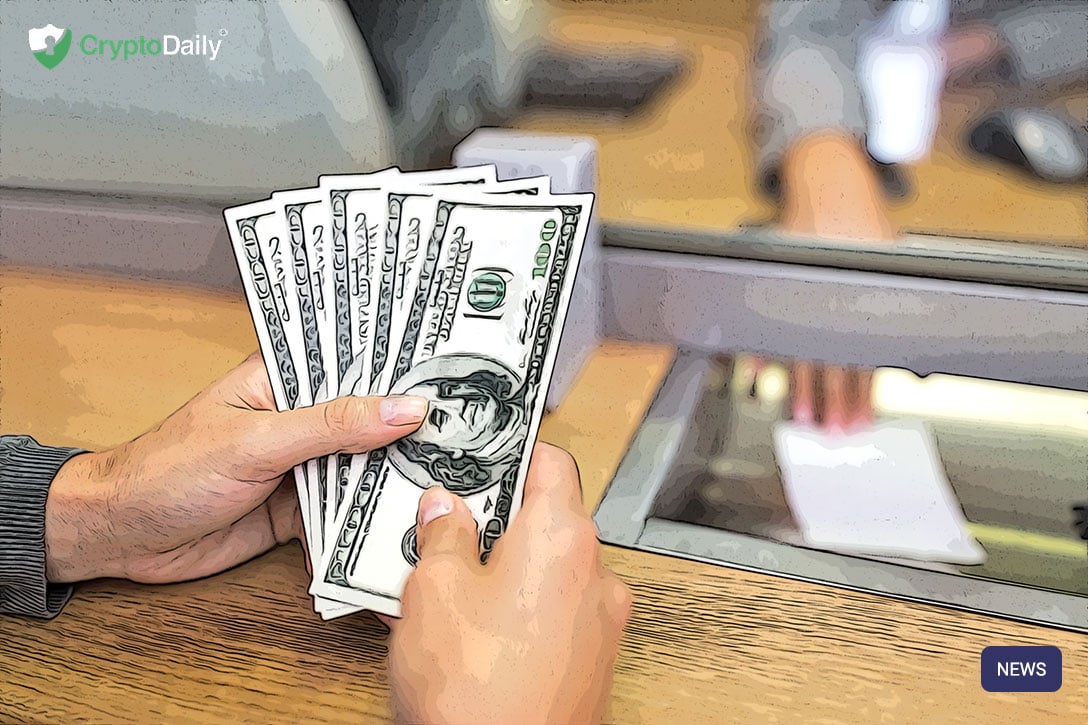If you’re tuned into the workings of the financial market you may have noticed that the Fed stepped in this past week to bailout the repo market. This is the first move of its kind — the government stepping in to bail someone out — since 2008.
The repo market is one of the key structures supporting trad finance. This market exists so that banks and lenders are able to have the liquidity necessary to perform their everyday trading activities.
The way the repo market works is that banking and Wall Street big guns offer up US Treasuries and other assured assets as collateral to raise capital so that they can lend money or trade on a day-to-day basis. The bonds are usually only laid down overnight and then repoed or purchased back the next day with minimal interest. There is about $1 trillion worth of business being conducted on the repo market everyday, and the interest rate is usually in the area of the Federal Reserve’s benchmark overnight rate, but when there is not enough liquidity in the system or when banks are wary of lending it makes the repo rate soar. This is what happened in the global financial crisis ten years ago.
A high repo rate can cause problems for the global economy. Without an easy means of lending and raising capital, institutional trading is liable to to get impeded in its functioning, and if the impediment is extended it can trigger a wholesale recession.
When the great recession happened ten years ago, the borrowing rate shot up exponentially. As part of the massive government bailout, the Fed cut rates to near zero and bought over $3.5 trillion in bonds. The low rates were maintained until 2015, when the Fed, sensing that the recovery was firm, decided to raise interest rates and slim its bond portfolio.
This produced a spike in borrowing rates and a drop in reserves which, despite the fed changing course and re-lowering its rate, reached a boiling point this past week. Borrowing rates on overnight repo loans rose to as high as 10%, more than four times the Fed’s recommendation, as trading funds dried up across the board.
With grim financial consequences for the global economic system in the balance — should the rate hike continue in its trajectory — the Fed stepped in and made emergency injections totalling $278 billion so that the big banks had enough cash on hand to continue with their daily lending and trading procedures. This is the first time the Fed has engaged in such active, preventative measures since the bailout that saw the interest rate sink so low.
The question most trad finance analysts have now is, is it enough? The injections are significant both due to their size and what they signify, namely that the market is in a precarious position. There are enough signs of a downturn that the Fed thought it was necessary to act, and to act swiftly.
Fed officials tried to downplay the injections as a response to a liquidity aberration that resulted from a concatenation of circumstances in the bond markets and corporate tax payments. But the problem with this line of reasoning is that the circumstances just keep on concatenating; there are other troubling economic signs that can’t simply be dismissed, among them the trade deadlock with China, Wall Street jumpiness over possible impeachment proceedings and $17 trillion in bonds showing returns in the red.
There have been chatterings of something big coming. Global recession big. But this is not really surprising to many in the crypto community. At least not to those of us who are in it for more than just making a quick buck.
The fact that the financial stability of the globe is propped up by an overnight, white-color pawn shop that can simply stop working due to circumstance is very telling. After losing the Battle of Rossbach in 1757, King Louis XV of France is said to have remarked “Après moi, le déluge,” which has become a proverbial expression meaning “after me, let the deluge come.” This is the attitude that fuels the wild speculation of Wall Street and global finance.
Everyone knows that someday all of these riches, all of this material abundance, the excess — someday it is all going to come crashing down. It wasn’t that long ago when fissures in the foundation of the system became visible, and yet it is still portrayed as being too big to fail. By now we should all have come to grips with the fact that the only people for whom the system is too big to fail are the people profiting off of it the most. As long as these people get theirs, the hell with all the rest of us.
Crypto was born out of disgust with that attitude and intended as a corrective measure to reground finance. Cryptocurrency was about responsibility, specifically reestablishing it as an alternative to reckless speculation. Ironically, it has been labelled a threat to financial security. At this point what isn’t a threat to global financial security? A gust of wind could topple this tight-rope act.
What we at Bytecoin and other like-minded people and projects have been doing is trying to reintroduce choice into finance. I think that most people, if given the option, would like to have more say in their personal finances and have more say in how their data is used. Judging by the political turmoil around the world, the system in place right now isn’t cutting it. It is my hope that cryptocurrency will be able to make good on the promise that so many of us see in it, before the waters start getting too high.
Investment Disclaimer








